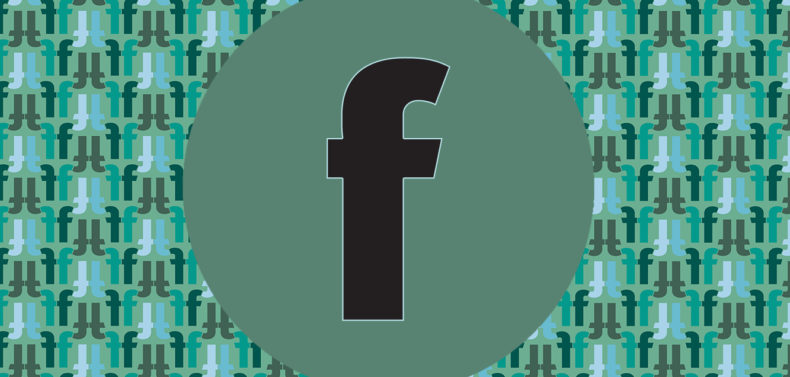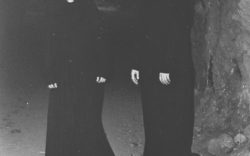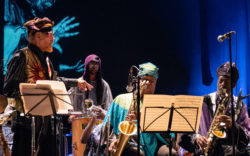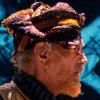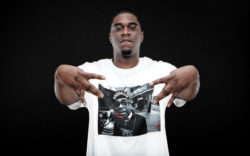Read the previous installment of this series here.
One week after Hurricane Sandy, two-thirds of the tri-state area is plagued by a gas shortage, for a variety of reasons. We have gas stations, and then we have ghost stations. Gas stations have snaking lines of cars coming from every direction, and cops. Ghost stations have tape wrapped around them. Meanwhile, many victims of the hurricane are still in need. While for some the gas shortage presents a bitch of a logistical roadblock for their commute to work, for others the gas shortage is a major detriment to their ability to receive emergency supplies.
So, from the Department of Necessity, Invention Division: Affinity Cycles, a bike shop in Williamsburg, held a donation drive for clothing, food and other needed amenities. It then organized a critical mass-style group bike ride to ferry the supplies, via backpack and bike rack, to Rockaway, Queens. My friend, avid bicyclist (read: non-driver) Dylan Angell, hipped me to the ride and we went with them.
I was immediately struck by the sheer number of would-be bike messengers milling outside the shop on Grand Street. The estimated helmet count was about 100. The meeting time was noon; we left a half-hour later.
The 15-mile ride went like this: we started going east on Metropolitan Avenue through Ridgewood, then made a right turn on Woodhaven and followed that south forever. The mood was a convivial take on the I’m-serious vibe of hardcore bicyclists. At red lights, folks at the front yelled, “Clear!” and barreled through the intersection; we did the same as we followed. When we came across heavily trafficked multi-lane roads, the call came up: “Take the lane!” A Revenge of the Nerds-style nerd had rigged up some speakers to his bike (he had a battery in his water bottle holster), and we pedaled to OutKast, Biggie Smalls, and Michael Jackson.
Once we crossed Liberty Avenue, Woodhaven became Cross Bay Boulevard, and Hurricane Sandy presented her calling card. Goodbye, traffic lights; hello, traffic cops. As we approached the Joseph P. Addabbo Memorial Bridge, we were flanked on either side by metal fences strewn high with scraps of trash. We started over the bridge and soon arrived in the neighborhood of Broad Channel, a beach community and de facto part of the Rockaways. As we rode into the neighborhood, relief workers, some from the Red Cross, recognized our large group as having come to help and immediately started offering up food. This bodes well for the area’s recovery: relief food has been abundant enough to offer food to relief workers. (“Juicys?” asked one Red Cross worker, offering us juice boxes.)
At this point I don’t know how to talk about this and be cute anymore, because it really just looked very ugly. The big takeaway for me in Broad Channel was the fact that there were boats in the middle of the road. Small- to medium-sized boats that had been washed into the streets; that’s what I think of when I think about the real beginning of what we were going to be seeing on this bike trip. Every house, it seems, had all of its former contents in a pile on the sidewalk. The department of sanitation was working to clear debris with the aid of some kind of construction vehicle.
One sign: “FEMA Please Help Us.”
Another: “Looters Will Be Crucified.”
A kid, possibly middle school-aged, wore an oversized Obama mask and waved a flimsy sign that seemed to cast aspersions in one direction or another.
It was at this point that we came to another bridge. I’ll be totally honest: even though I grew up on nearby Long Island, I’d never come to the Rockaways. I never had to, with Jones Beach nearby. (Later, my family became partial to Long Beach, another area that is having a very hard time of things.) When we reached Broad Channel, I thought we’d reached the end of the road. But there it was—another bridge to cross to get to even more destruction, to Rockaway Beach proper.
So we crossed it, passing an utterly demolished bayside seafood restaurant as we went. We navigated the narrow streets, moving single file past houses heavily specked with wet sand, to get to the Rockaway Surf Club, the relief center for the community. There, people were lined up to get what they needed: batteries, flashlights, clothes, diapers, blankets. Two larger men stood guard. Inside, an older man sported a t-shirt that spoke of echoes from Katrina: “Defend Rockaway,†it said.
We got off our bikes and leaned them up against a fence underneath the aboveground A subway line. After a quick rest, Revenge nerd (easily everyone’s favorite person on the ride) had rigged up a microphone to his bike speakers, and we were being addressed by a woman with short blond hair.
We were told that while supplies were coming in at a steady clip, the allocation of them was a problem. Information was lacking, and a database was necessary. We were asked, as mobile persons, to sweep the area in pairs and collect names, addresses and needs. We would offer a phone number for FEMA and help pat out the flames of disinformation regarding assistance. Tell them to keep at it, we were told. Nine out of 10 claims would be rejected. Tell people to appeal.
I buddied up with a gregarious filmmaker named Ian, and we headed to our assigned block.
Many people in these new-ish duplexes, less than a three-minute walk to the beach, were not at home. We suspected that a few who were declined to betray their presence. These condos had two floors. The top floor apartments had no power. The bottom floor apartments had no power, and had lost everything to the floodwaters. Ian and I suffered the disadvantage of having no discernible organization to say we were representing.
“Who are you with?” we’d be asked.
“New York, New York,” Ian would answer.
Here, again, I have to break whatever half-assed journalistic fourth wall has been previously established to mention that the resilience of the human spirit inspires ample awe when beheld in person. We were met with unreasonably good attitudes across the board. I don’t want to write about these people—specifically, because I didn’t tell them I would be writing about them—but suffice to say, there are people who fall down on themselves when their coffee comes out weird, and then there are people who can smile sadly at their washed-out lives and still stand and talk like people and work towards what their new life will be like. And that’s amazing.
We regrouped at 4:30 p.m. and left around 5. The sky was clouded and red-pink, and we could see the Freedom Tower from 20 miles away. After we left the Rockaways, we returned to Howard Beach and mainland Queens, where we were met by what I’d heard stories about but had not yet experienced. We’d lost an hour, as daylight savings lapsed earlier that day, and so: darkness without electricity. We saw only legions of cars leaving, not entering, Rockaway Beach, and our meager bike lights lit up our paths. Flood lights set up by the authorities were staggered along the boulevard. None of these sources of power were any source of comfort. It was an unreal moment, dreamlike in its dearth of familiarity. To bike down a major slab of municipal pavement without the ambient glow of commerce and publicly funded lights overhead, is to experience the previously unexperienced.
And that’s going to be New York now. As a region, we will now be taking in new experiences, as this new landscape, with its new set of needs, continues to take shape and become what New York is. Our week of officially ordained recovery is over, which really just means that the trains are up and running and people can go back to their jobs in Manhattan. But in Red Hook, Rockaway, Breezy Point, Staten Island, Coney Island, Long Island and other areas, winter is coming and that’s a serious problem to contend with. People out here are strong but will need help. Do what you can.
Like what you just read? Support Flagpole by making a donation today. Every dollar you give helps fund our ongoing mission to provide Athens with quality, independent journalism.



